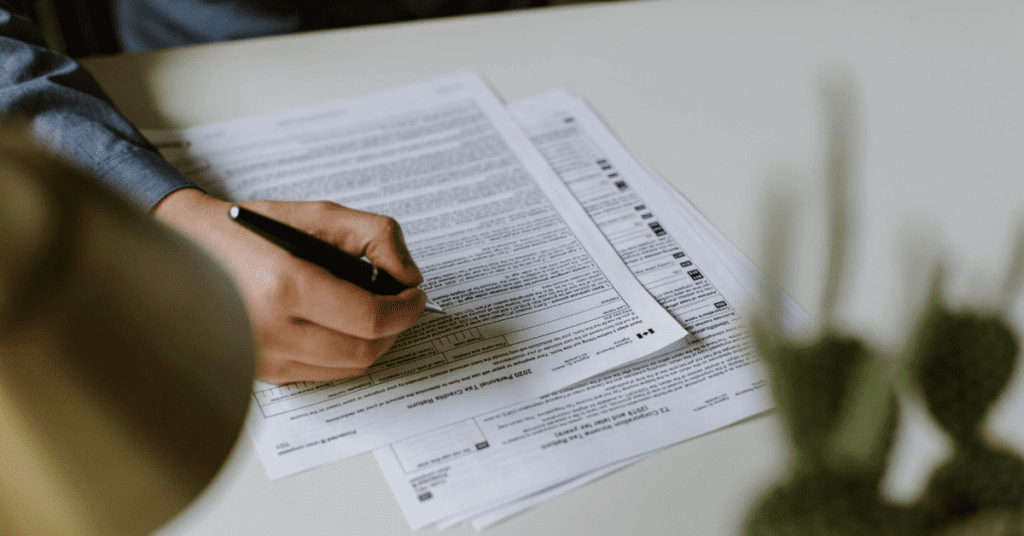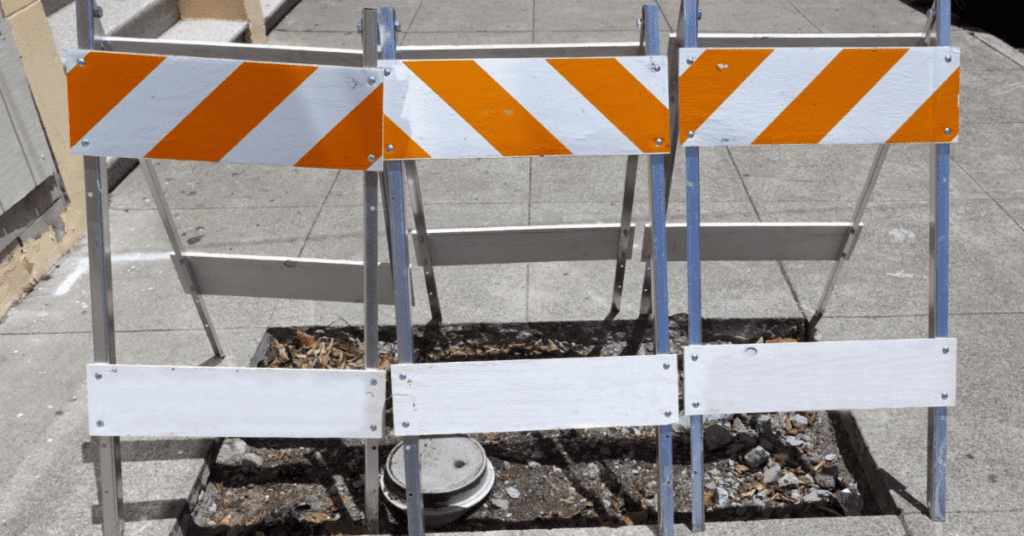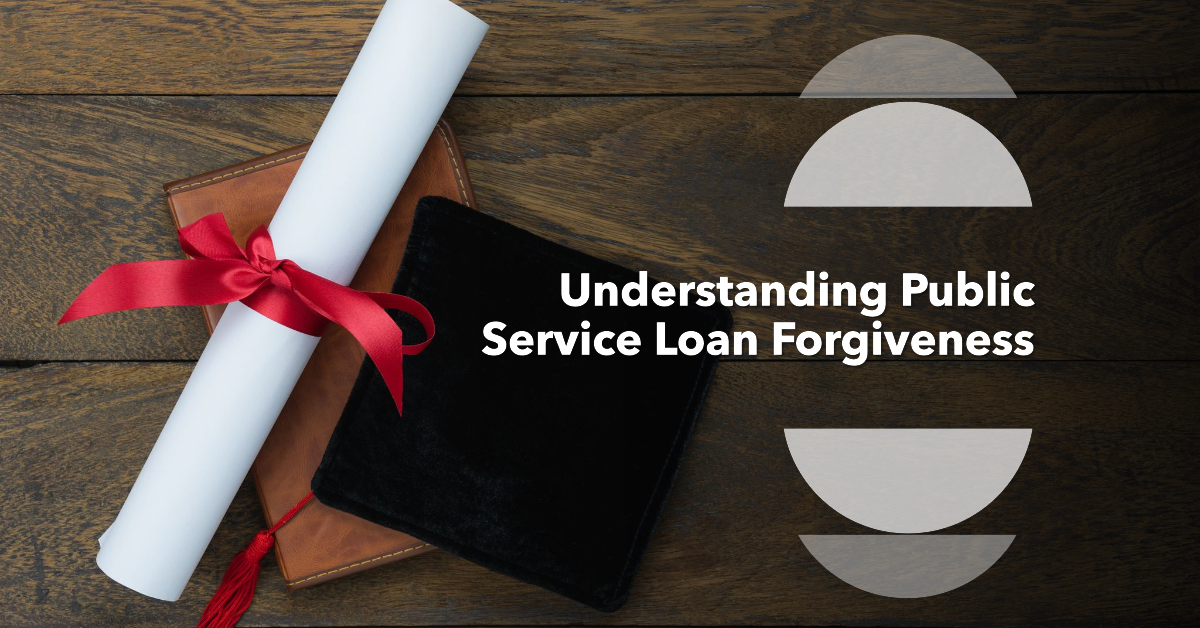Public Service Loan Forgiveness: Understanding Federal Student Aid and Temporary Expanded PSLF
The quest for educational advancement often culminates in the acquisition of a student loan, a financial decision that impacts individuals long after crossing the graduation stage. Within this context, the Public Service Loan Forgiveness (PSLF) program and its counterpart, the Temporary Expanded Public Service Loan Forgiveness (TEPSLF), emerge as beacons of hope for those burdened by student loan debt. Designed to alleviate the financial strain on those who serve the public, these programs offer paths to loan forgiveness for eligible employees in public service sectors. This in-depth exploration seeks to review the intricacies of the PSLF and TEPSLF programs, from eligibility criteria and application processes to navigating common obstacles and maximizing loan payments that qualify for forgiveness.
What qualifies for the PSLF and Temporary Expanded Public Service Loan Programs?
Understanding the criteria for qualifying for PSLF
To be eligible for PSLF, applicants must hold a direct loan or consolidate other federal student loans into a Direct Consolidation Loan. Employment in a qualifying public service role for at least 10 years (accumulating 120 payments) is mandatory. Not all federal student loans qualify; for instance, the Federal Perkins Loan and PLUS loans held by parents do not automatically qualify unless consolidated into a Direct Loan. Eligibility pivots on the type of loan and the borrower’s service, highlighting the need for informed decision-making regarding loan management and career pathways.
Differences between standard PSLF and Temporary Expanded PSLF eligibility
The main divergence between PSLF and TEPSLF lies in the payment plans that are considered qualifying payments. While PSLF has strict requirements regarding the payment plan types—only Income-Driven Repayment (IDR) plans count—TEPSLF temporarily expands eligibility to include payments made under non-IDR plans, assuming those payments are at least equal to what the borrower would have paid under an IDR plan. This expansion aims to accommodate those who were making payments under plans not previously eligible, providing a wider berth for forgiveness eligibility.
The role of employment in Public Service Loan Forgiveness
Central to PSLF eligibility is the requirement that the borrower must be employed full-time by a qualifying public service employer. Qualifying employers include government organizations at any level (federal, state, local, or tribal) and certain not-for-profit organizations. The nature of the public service work performed by the borrower does not factor into eligibility; rather, it is the employer’s status that determines qualification. Documentation of employment via the submission of a PSLF form, certified by the employer, is crucial to proving eligibility.

How to Apply for PSLF and Temporary Expanded Public Service Loan Forgiveness
Step-by-step guide on applying for PSLF
Applying for PSLF involves several key steps, beginning with ensuring that all loans are consolidated into a Direct Consolidation Loan if they are not already direct loans. Borrowers must then verify that their employment qualifies, securing certification from their employer. The PSLF Help Tool is instrumental in this process, guiding applicants through the submission of the PSLF form to the designated PSLF servicer for processing. The form, which can be electronically submitted, includes details about the borrower’s employment and federal student loan payment history. Regular submission of this form (annually or when changing employers) is recommended to ensure all eligible payments are accurately tracked.
Using the PSLF Help Tool to start your application
The PSLF Help Tool stands as a vital resource for potential applicants, simplifying the application process. It aids in determining eligibility, through a series of questions about the applicant’s loans and employment. By providing a structured pathway to submit a PSLF form directly to the loan servicer, it enhances the accuracy and efficiency of the application process. The tool also assists with employment verification, a critical component of the PSLF eligibility requirement.
Navigating the application process for Temporary Expanded PSLF
For TEPSLF, the initial steps mirror those of applying for standard PSLF. However, applicants denied PSLF due to making payments under a non-eligible repayment plan may request reconsideration under TEPSLF. It requires sending an email to the Department of Education, expressing interest in this expanded forgiveness option, and ensuring all previous payments meet the revised criteria. The nuanced distinction underscores the temporary nature of TEPSLF and its role as a corrective measure for those narrowly missing out on PSLF eligibility due to their repayment plan.

Common Roadblocks: Why You Might Be Denied for PSLF and How to Overcome Them
Understanding the reasons behind PSLF application denials
Common reasons for PSLF denial include incorrect loan types, ineligible employment, insufficient number of qualifying payments, and errors in the application process. Misunderstanding the nuances of eligible loans and employers, or failing to consolidate non-Direct Loans, often derails applications. Additionally, inaccuracies in the employment certification form or not making payments on the appropriate repayment plan can impede forgiveness. Awareness and proactive management of these elements are crucial in navigating towards successful loan forgiveness.
Strategies to appeal or reapply for PSLF after denial
In the event of a denial, borrowers have avenues for recourse. Initially, reviewing the denial reasons provided by the PSLF servicer can clarify whether a simple correction and reapplication may suffice. For issues related to payment counts or employment eligibility disputes, requesting a review from the loan servicer or the Department of Education is a possible next step. Borrowers may also consider submitting updated information or additional documentation to support their eligibility for reassessment. Persistence and thoroughness in addressing the reasons for denial are key.
Ensuring your employment and loan types qualify for forgiveness
To mitigate the risk of denial, borrowers should diligently verify that their employment qualifies for PSLF or TEPSLF and confirm that all loans are consolidated into the Direct Loan Program if necessary. Regular submission of the employment certification form, ideally annually, ensures loan payments are correctly counted towards the required 120 qualifying payments. Engaging with loan servicers to verify payment counts and maintaining detailed records of employment and loan payment history serve as foundational strategies to establish and defend eligibility.
Making Federal Loan Payments Count Towards PSLF and Temporary Expanded Public Service Loan Forgiveness
Which loan payments qualify for PSLF?
For a payment to qualify for PSLF, it must be made after October 1, 2007, on a Direct Loan, and under a qualifying repayment plan. Payments must be made while employed full-time by a qualifying employer, adhering to the 120-payment requirement. Only payments made after consolidating into the Direct Loan Program count towards PSLF for those with other types of federal student loans. Emphasizing the necessity of strategic loan management, understanding these parameters can significantly impact eligibility and forgiveness outcomes.
Maximizing your qualifying payments for Temporary Expanded PSLF
To maximize qualifying payments under TEPSLF, borrowers should ensure that all payments are made in full and on time while employed in a qualifying public service position. For payments under non-IDR plans to count, they must equal or exceed the amount the borrower would have paid under an IDR plan. Keeping abreast of TEPSLF requirements and maintaining open communication with loan servicers can help ensure that every possible payment is counted toward loan forgiveness eligibility.
How loan consolidation affects your PSLF qualifying payments
Consolidating loans into the Direct Loan Program is often a critical step toward PSLF eligibility for borrowers with ineligible federal student loans. However, it’s important to recognize that loan consolidation resets the count of qualifying payments to zero. This necessitates a strategic approach, where the benefits of consolidation (making loans eligible for PSLF) are carefully weighed against the drawback of restarting the payment count. For many, consolidation is a pivotal move towards achieving loan forgiveness, underscoring the importance of informed decision-making in the loan management process.

The Future of PSLF: Updates and Potential Changes to Public Service Loan Forgiveness
Staying informed about the latest PSLF and Temporary Expanded PSLF updates
As federal student loan policies evolve, staying informed of the latest updates and potential changes to PSLF and TEPSLF is crucial. Legislation, policy shifts, or programmatic changes can significantly alter eligibility criteria, the application process, or the benefits themselves. Engaging with resources such as the official Federal Student Aid website, communicating with loan servicers, and leveraging the PSLF Help Tool can provide current and accurate information essential for navigating the complexities of loan forgiveness.
How changes to federal student loan policies might affect PSLF eligibility
Legislative and policy changes at the federal level may introduce modifications to loan forgiveness programs, affecting elements such as the definition of eligible employment, qualifying payments, or the types of loans eligible for forgiveness. Borrowers must remain vigilant and adaptable, prepared to adjust their strategies in response to policy changes. This adaptability can be pivotal in ensuring continuous progress towards meeting PSLF or TEPSLF eligibility requirements.
Engaging with the PSLF community for support and advice
The journey toward PSLF and TEPSLF eligibility is often complex and fraught with challenges. Engaging with the PSLF community, including online forums, social media groups, and educational workshops, can offer support, advice, and shared experiences. This communal exchange of knowledge empowers borrowers to navigate the intricacies of public service loan forgiveness with greater confidence and efficacy, drawing closer to the ultimate goal of loan forgiveness.
Reach Out to Us!
If you have additional federal benefit questions, reach out to our team of CERTIFIED FINANCIAL PLANNER™ (CFP®), Chartered Federal Employee Benefits Consultants (ChFEBC℠), and AIF professionals. At PlanWell, we focus on retirement planning for federal employees. Learn more about our process designed for the career federal employee.
Preparing for a federal retirement? Check out our scheduled federal retirement workshops. Sign up for our no-cost federal retirement webinars through our workshop page. Make sure to plan ahead and reserve your seat for our FERS webinar, held every three weeks. Want to have PlanWell host a federal retirement seminar for your agency? Reach out and we’ll collaborate with HR to arrange an on-site FERS seminar.
Want to fast track your federal retirement plan? Skip the FERS webinar and start a one-on-one conversation with a ChFEBC today. You can schedule a one-on-one meeting.
As a financial advisor for federal employees, we recognize the unique challenges federal service professionals face. We’re here to guide you every step of the way.










